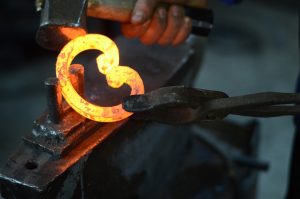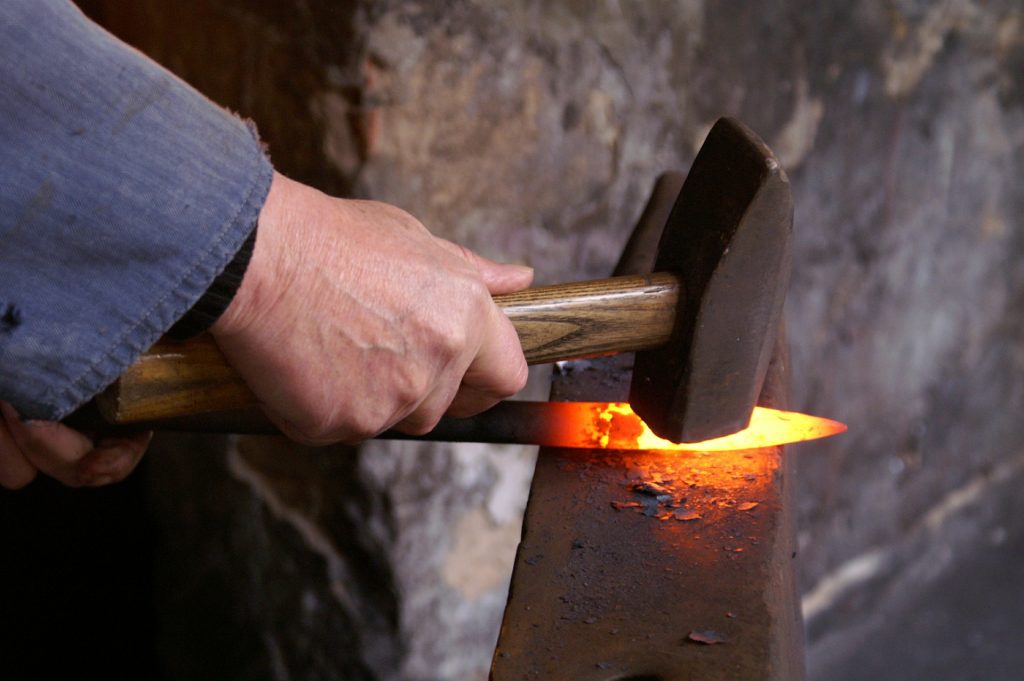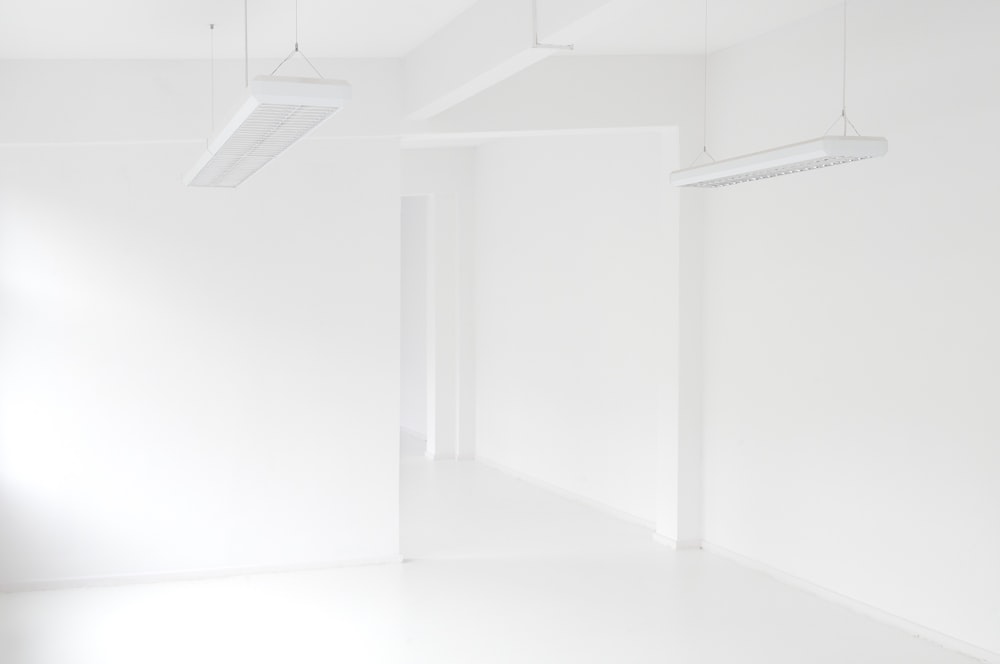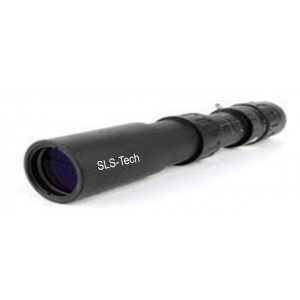What is forging?
Forging is the manufacturing process that involves shaping a piece of metal to create a new product.

Types of forging
The two most popular types of forging include open die and closed die forging. However, there are other types of forging which companies offer.
Open die forging
Open die forging is the process of shaping a piece of metal between two dies. The dies are usually flat and do not fully close to allow the metal piece to be re-shaped – that is where ‘open’ die forging comes from. It is known for its simplicity and therefore can ensure that it is cost-effective. Due to this, it can be used to forge one-off products rather than those in quantities.
This type of forging is often used for shapes such as discs, hubs, shafts, blocks, plates and other custom shapes a company may require.
Closed die forging
On the other hand, closed die forging involves the process of using a die to completely enclose the metal. This means that less machining is required, and it offers customers a much better finish on products. It is also known for being cost-effective to produce large runs of production and tighter tolerances can be achieved.
Comparing the different types
Both open die and closed die forgings have their advantages and disadvantages. However, this solely comes down to the type of product you want to be produced and the quantity of it. In short, low volume and simple products are better off with open die forgings. Whereas, the higher volume, more complex products are better suited to closed die forging.



